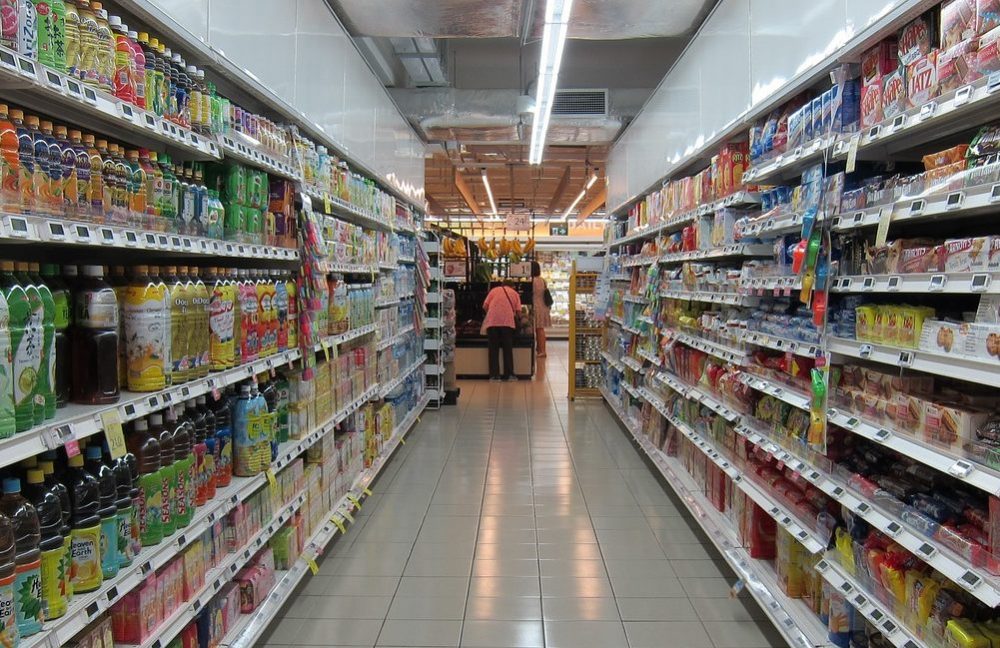The online grocery industry is rapidly expanding. Today, more and more people have started buying their groceries online in an effort to save time and energy. However, while people are getting attracted to getting the staples delivered to their doorstep, the industry data is a little behind its time.
The current market share of the online food and groceries industry is merely 5.5% – far behind its online apparel and homeware counterparts, which have market shares of 18.9% and 10%, respectively.
Why the Small Market Share?
There could be multiple reasons why online supermarkets are not as popular as they should be. As the requirement of food is simply need-based and the purchases often have an immediacy attached to them, people prefer driving up to a store rather than waiting for a delivery. This explains why people still like to buy groceries from supermarkets.
Then there is the issue of low credibility in delivery. Hyper-local delivery services can be easily disrupted by small events like traffic and are prone to human error as well. It is not uncommon for people to receive an order that doesn’t belong to them.
Another reason could be that many people like to shop for their food themselves. For such people, touch and feel of the food items is the priority as it assures them of its quality. Finally, grocery retailers are pretty slow at developing an online presence as compared to retailers in other sectors.
However, all is not lost, thanks to Amazon’s entry in the online grocery segment. This made mainstream grocery retailers like Walmart develop their grocery ecommerce service.
According to the data, we can expect the share of online grocery shopping in the U.S. to increase to around 10% by 2022, which amounts to USD 133.8 billion in terms of cash value. Such a figure will easily prove disruptive to all the players in the food and grocery marketplace.
Shoppers’ Share Over the Years
Irrespective of the low expenditure on online groceries today, the number of online shoppers in the U.S. has increased over the years.
Over 23% of surveyed people who shopped for their food had, at least once, tried doing it online. Many of these individuals, admittedly, tried an online service 1-2 times for purchasing specific products. Today, since the benefits of online grocery shopping are coming to the forefront, a significant number of people have started buying their staples online.
It’s More of a Habit
There is a difference between the people who shop for their food and groceries online and offline, putting them at the opposite ends of the spectrum. Those who like to shop online are less adventurous and more habitual. These individuals are more likely to purchase from a popular brand or probably from their regular brands. Regardless of how easy it is to explore the catalogue and look for new products, only a few try to look for and buy new products.
Also, the store environment does influence customers’ buying decisions and also plays a significant role in compelling them to engage with new brands and try out their products. Another key factor is the packaging design that offline stores certainly have an upper hand in. These factors majorly affect those who prefer brick and mortar stores.
All these differences are very important for grocery and food brands because they need different strategies for newly-launched products for both online and offline channels.
Conclusion
While the market share of online food and groceries shopping is low, more people have started going online and trying out a time-saving, zero-labor way of grocery shopping. Thus, retailers must move into the grocery delivery business and try to deliver not just groceries but great customer experience as well. If offline channels wait any longer to make their online presence known, they will be left behind in the foreseeable future as the domain of online grocery delivery is set to make it big in the upcoming years.
Featured Image: Pixabay
This is a Contributor Post. Opinions expressed here are opinions of the Contributor. Influencive does not endorse or review brands mentioned; does not and cannot investigate relationships with brands, products, and people mentioned and is up to the Contributor to disclose. Contributors, amongst other accounts and articles may be professional fee-based.

